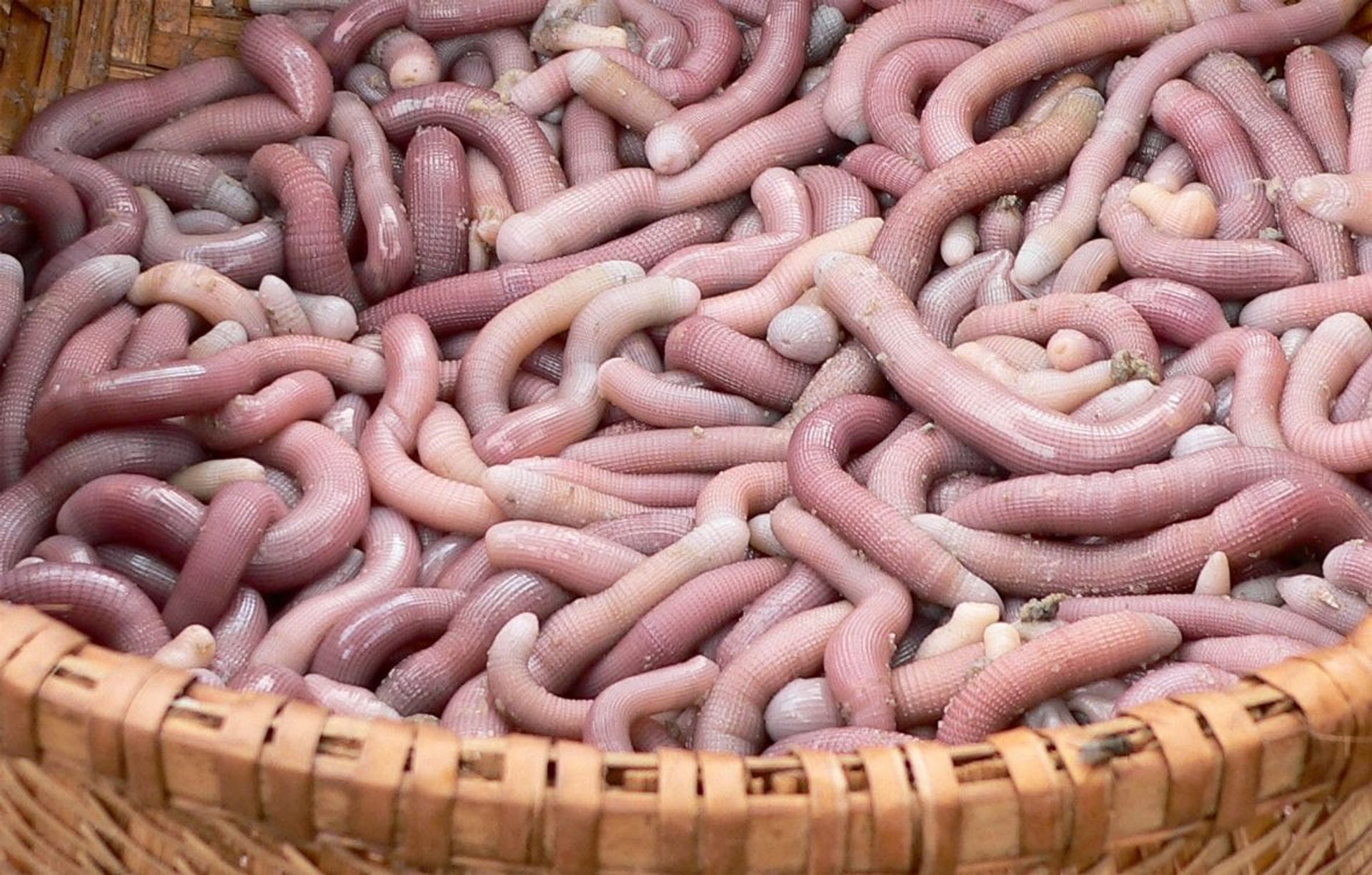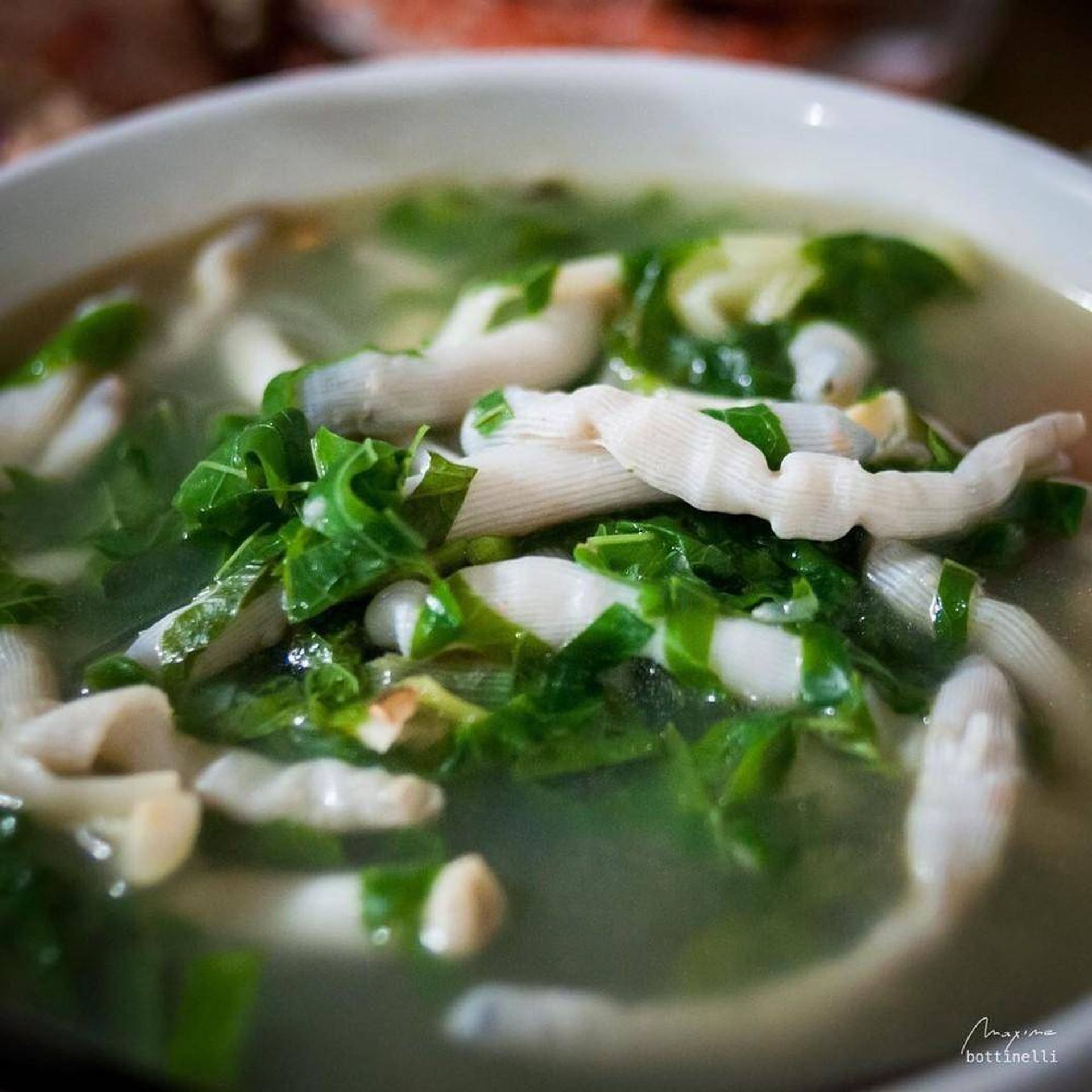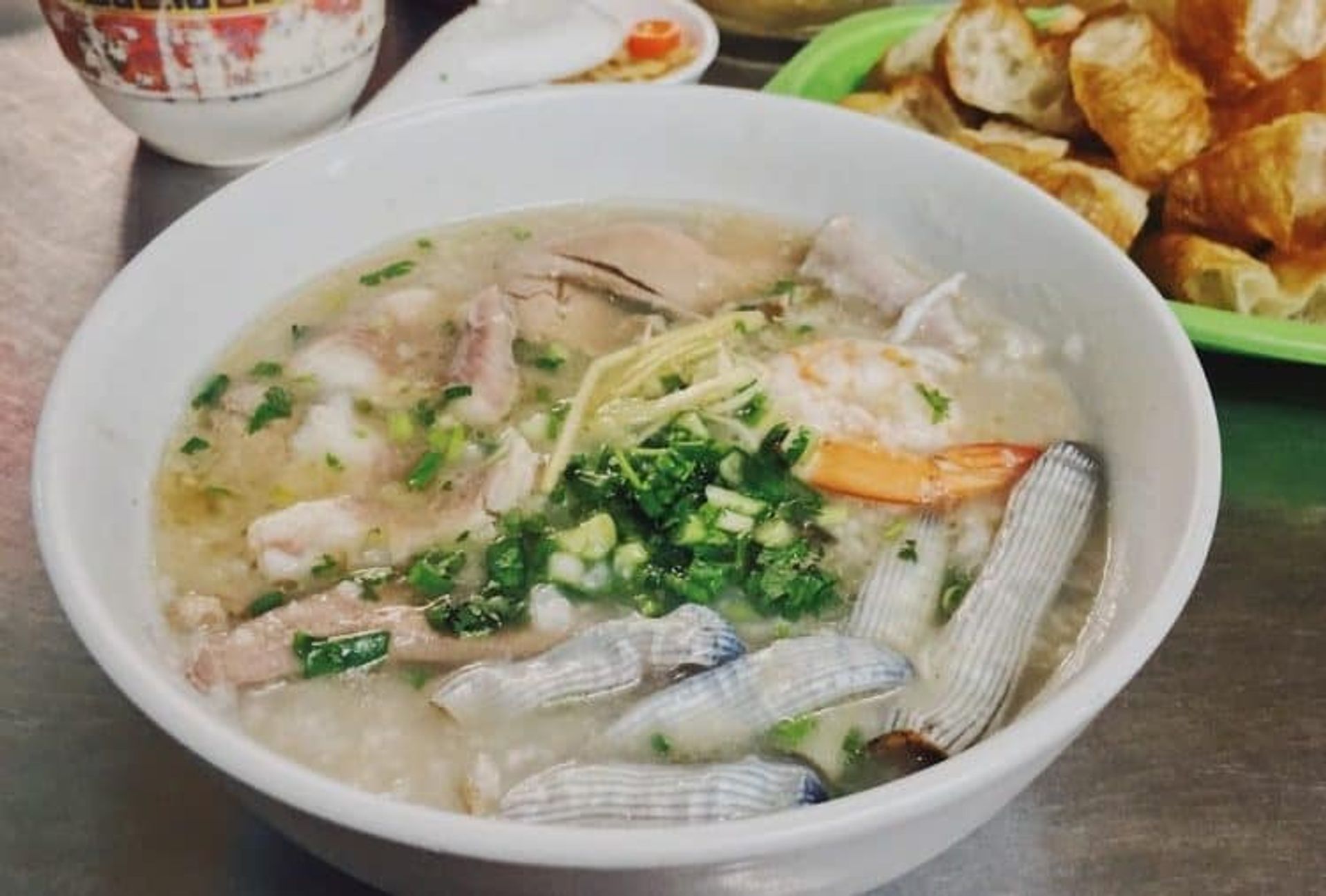Sa worm in Quang Ninh is a small worm, when it dries, the body is only about 8-10m long. The land of the worms is the coastal area of Quang Ninh, especially in the communes of Quan Lan and Minh Chau because the worms there are large and have the best taste. Sa worms live in sandy beaches with high tides and low tides. The digger requires experience, technique and skillful movements like a sand dancer.
Sa worms are sea worms or there are places also called earthworms, cut potatoes, sea worms, earthworms, earthworms, etc. In Vietnam, Quang Ninh is a special sea with a lot of worms. The red-brown worm, at first glance looks like an earthworm, has tiny filaments on its body, but is larger in size and the intestines are full of sand.
Sa worm has many nutritional values such as glycine, glutamic acid, amino acids, succinic and many taurine and minerals. According to the concept of Eastern medicine, Sa worm has a sweet taste, cool properties, dominates cold symptoms, and nourishes yang. In the old days, people used to use Sa worm mainly as a form of dried shrimp used in rich broths and broths of vermicelli and pho dishes. Nowadays, samosa is on the menu of seafood restaurants, especially grilled dishes.
The Van Don people cook many delicious stir-fried dishes with fresh sago, such as stir-fried with kohlrabi or garlic. In addition, fresh worms can be processed into sweet and sour stir-fries, salads, fried or grilled with salt and pepper. Many restaurants often use this dish to invite customers to mix rai with beer, like shredded dried squid. Sa Sung is crispy, soft, chewy, fatty and sweet, so the more you eat it, the more delicious it becomes.
-
Price: 2,500,000 – 4,000,000 VND/kg
-
Address to buy: Ha Long market or go to Quan Lan island
Source: Collected internet.
The North and North Central regions have a humid subtropical climate with 4 seasons: Spring, Summer, Autumn, and Winter. The Central and South Central regions have a tropical monsoon climate, the extreme South Central and Southern regions have tropical savanna characteristics. At the same time, it is directly influenced by the trade monsoon climate, which often blows in low latitudes. The South often has a tropical savanna climate, hot and humid with two seasons: dry season and rainy season (from April-May to October-November). Every year, the cold and humid winter typical of the North contrasts with the warm atmosphere of Tet and spring in the South.
Vietnam is an exciting country for tourism and investment. Bustling street life, delicious cuisine and majestic scenery all await you. A country constantly in motion, Vietnam always balances young urban culture with traditional values. In the city, ancient temples are just a turn away from modern shops. In the countryside, life still flows along the rivers and harvests. This contrast between old and new makes up a large part of Vietnam's appeal. Another reason to visit Vietnam is its natural beauty. The North has majestic mountains and beautiful limestone bays. The Central Coast Road leads to historical relics and romantic beaches. And in the South, the sleepless life of Ho Chi Minh City and the riverside villages in the Mekong Delta will make you want to linger forever.
The specialties of each region of Vietnam carry within themselves the local lifestyle and the quintessence of nature there. The North cherishes delicate recipes, like a delicious bowl of bun thang that must be prepared for many hours. In the Central region, royal culinary traditions and typical spices blend in unique dishes such as lotus rice or spring rolls. Southern braised fish and sour soup come from abundant seafood resources, the pride of the Mekong Delta.
The aroma of a cup of Vietnamese coffee is a great alarm clock. The fertile basalt soil of the Central Highlands grows quality robusta coffee trees. These coffee beans are one of Vietnam's most beloved export products to the world. Vietnamese coffee culture is very diverse, you can easily count hundreds of coffee shops in big cities. Vietnamese people make traditional coffee using aluminum filters. Watching time pass while waiting for a cup of coffee to drip makes this drink even more flavorful.


